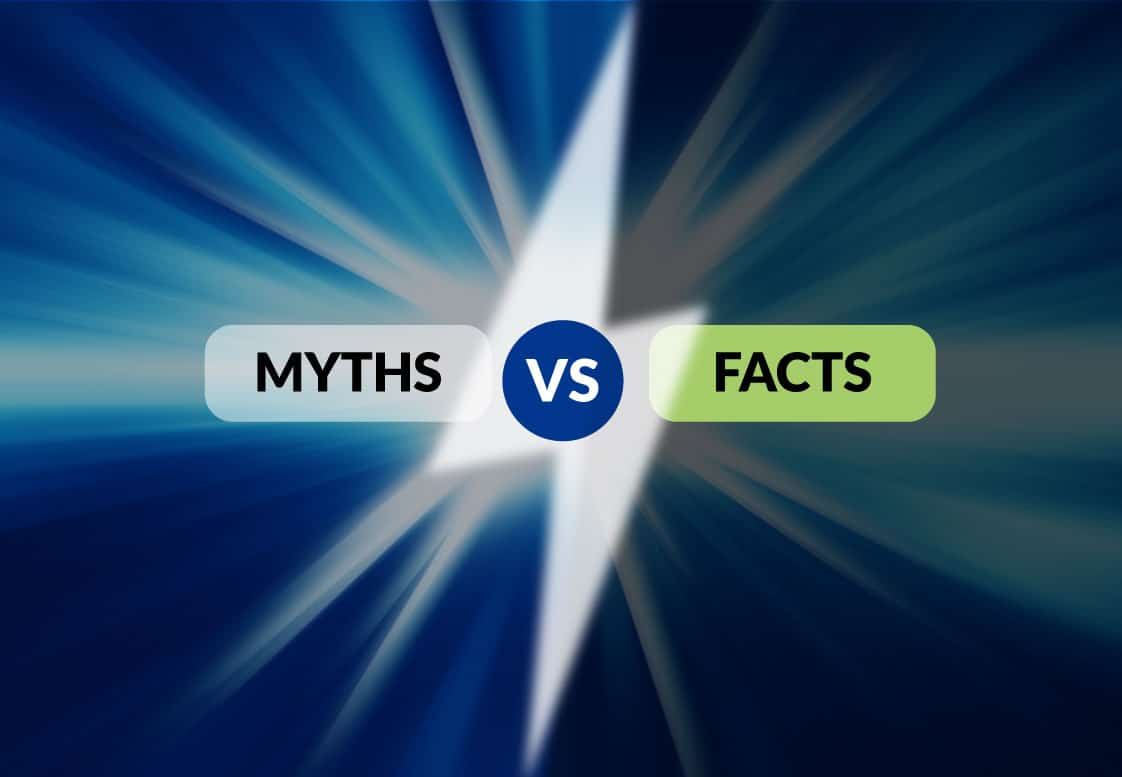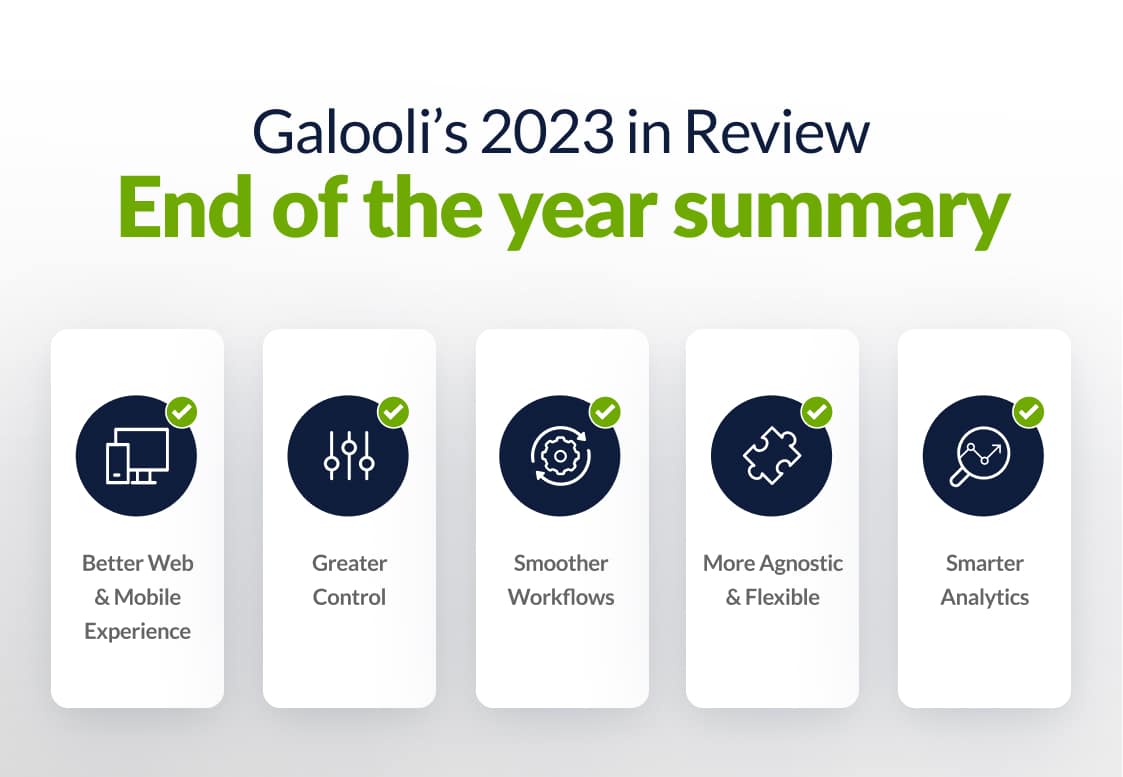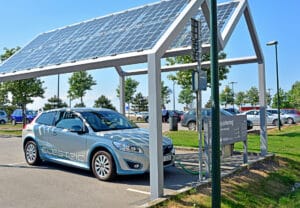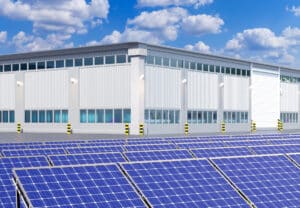
Countries, societies, and economies all depend on energy to function. As populations grow and the systems they rely on become bigger and more complex, the questions related to energy and its associated emissions become increasingly relevant. What is energy efficiency? How much energy are we using? What’s the impact of our consumption on ourselves and on our environment? Where do we get more energy from? How can we do more with what we already have?
These questions are especially relevant to the Information and Communications Technology (ICT) sector. ICT has become the backbone of the global economy and is enabling production and logistical capacity on a heretofore unseen scale. Telecommunications and Data centers are dealing with more demand than ever. However, the increased reliance and relevance of ICT means that it is taking up a growing share of global energy consumption.
While energy efficiency is an important part of ICT development, that importance has drawn a lot of extraneous commentaries. In order to defuse some of the more common myths and misconceptions, let’s take a look at why exactly energy efficiency is so important for ICT.
How does energy efficiency benefit ICT?
Smaller form factor devices and internal hardware has allowed for energy efficiency to be at the forefront of new devices. However, with exponential increases in the demand for and access to these devices worldwide, related energy use and its environmental impact are rising. This is especially true in developing countries, as more and more people gain access to network connectivity.
This still leaves the question, why is energy efficiency so important to ICT organizations? Let’s take a look at a few industry statistics:
- Energy efficiency saves money, but how much are we talking about? For network providers and telecoms, the cost of energy makes up 10-15% of operational expenses in developed countries and as much as 50% in developing countries.
- Some estimates found that the demand for electricity due to ICT usage is increasing at a rate of 7% per year.
- Carbon emissions related to the manufacture of ICT-related devices are increasing 1% to 3% annually.
Improving energy efficiency in ICT operations is critical to reversing these trends and improving energy and operational costs overall. Now that we’ve looked at some of the hard data, let’s dive into the myths surrounding energy efficiency, and what the reality is surrounding this abstract business goal.
Eight myths about energy efficient methods for the ICT sector
1. Energy Efficiency is only relevant for enterprise-level organizations
The perception that the margins of improving energy are relatively small creates the impression that only large-scale organizations can accumulate any benefit from improving energy efficiency. Many people miss the scaling benefits of investing in energy saving technology.
The reality is that any facility or operation can significantly benefit from energy efficiency. Beyond improving local power usage and operational costs, adopting energy-efficient practices reduces an organization’s carbon footprint. It also improves energy assets’ durability and longevity, subsequently reducing maintenance costs.
2. The ICT industry produces as much emissions as the airline industry
An unfortunate statistic parroted frequently for years states that the ICT sector has the same carbon footprint as the airline industry. The metric used was erroneous, in that they compared the fuel used by the airline industry to the fuel used in the entire lifecycle of carbon-contributing ICT devices.
In addition, recent events have had a severe impact on all types of travel, with an associated drop in emissions. However, that activity has almost recovered, and the fuel consumed for both public and private flights has a substantial environmental impact.
At the same time, the ICT industry and data centers in particular have grown immensely over the past twenty years. Today ICT is attributed to 2% of global carbon emissions. As the world increases its reliance on IoT and digital systems, the overall size of the industry and therefore its emissions will inevitably outpace those of airplanes. This gives us all the more reason to emphasize energy efficient technologies.
3. 5G is way more efficient so it won’t significantly raise energy use

When considering the energy efficiency of 5G sites, it’s important to understand the full scope of the infrastructure required for each site. The technology that runs the 5G network may be more efficient, but the overall potential impact from necessary support systems is much higher.
Notably, the way that 5G infrastructure is operated requires a greater number and higher density of sites than previous network types. Various inefficiencies in temperature controls, constant runtime, and energy usage across these new sites quickly add up to a similar or greater cost and environmental impact.
On top of that, like many telecom advancements, the adoption of 5G includes integration with older versions and their existing networks. This integration is a chance to include improvements to energy efficiency for both new and old technology.
4. A network’s energy efficiency can be deduced from the sum of the energy efficiency of all of its telecom equipment
At first glance, this idea doesn’t make sense. Why is it inaccurate to simply measure and then combine the energy efficiencies of a site’s equipment and then multiply it by the number of sites?
The answer has to do with the realities of running these sites from day to day. The usage demand on any particular site can be highly variable, and that variability is magnified when added together to approximate a network’s energy use and efficiency. Simply totaling up energy efficiency ratings while including reasonable margins of error produces too broad of a range to be useful in determining the overall energy usage of a network.
5. Energy savings have no impact on network performance KPIs
Unfortunately, finding ways to cut down energy consumption can mean reductions in performance. KPIs are not immune to the changes needed to improve energy savings.
However, part of the stated goal of energy efficiency is finding ways in which current standards and behaviors of technology are the most wasteful. From there it’s easy to assess which network functions are running extraneously and can be cut while minimizing the impact on user experience.
6. It takes significant investment for telco operators to improve their energy efficiency
There’s a common misconception that improving energy efficiency means refitting or replacing every piece of equipment in a system, an obviously expensive and time-consuming endeavor. Data collection and management businesses exist to help facilitate the process of becoming more energy efficient, but they often require proprietary hardware to enable their services, reinforcing the stereotype of complexity and cost.
Galooli offers an alternative to the intimidating setup process. While we offer hardware solutions to help improve access to the data that needs to be collected, our software solution is fully agnostic and can integrate with almost any existing MODBUS asset monitoring system. If you’re drowning in a deluge of data, our dashboards and management solution can provide a simple way to maximize energy efficiency.
7. ICT enterprises can’t accurately track their facilities’ carbon emissions and energy use
Large or small, ICT organizations are responsible for a lot of technology. Staying on top of the status of each unit and processing the enormous quantities of data they produce into useful information seems like an impossible task.
That’s where Remote Monitoring and Management(RMM) comes into play. In order to manage energy resources efficiently, you need a solution dedicated to sorting, interpreting, and displaying your data.
Our Sustainability and Energy Management dashboards provide an in-depth look at your energy and carbon performance and identify problematic sites and assets to optimize. Only then can you maximize energy efficiency and minimize the environmental impact of your assets and facilities.
8. Data Centers need to stay super cool to maintain stability and continuity

Common wisdom says that to maintain performance and protect the delicate computers and servers in data centers you need to keep the building within a degree or two of 20℃. The actual allowable range for maintaining optimal reliability and performance is from 18℃ to 27℃.
Due to frequent overuse of HVAC assets, data centers often operate at much cooler temperatures than necessary. Moreover, for every degree the temperature of a data center is raised, the energy costs associated can be reduced by 5%.
Jumpstart energy efficiency for your organization
The ICT industry is continuously advancing and evolving. Maximizing the energy effectiveness of new technology and limiting carbon emissions are an important part of that development.
The first step in making these improvements is data. With the help of advanced analytics, businesses like Galooli can make your data work for you. We take a comprehensive array of information from a variety of assets that let us create accurate models and meaningful suggestions for optimizing energy use and reducing environmental impacts.



























